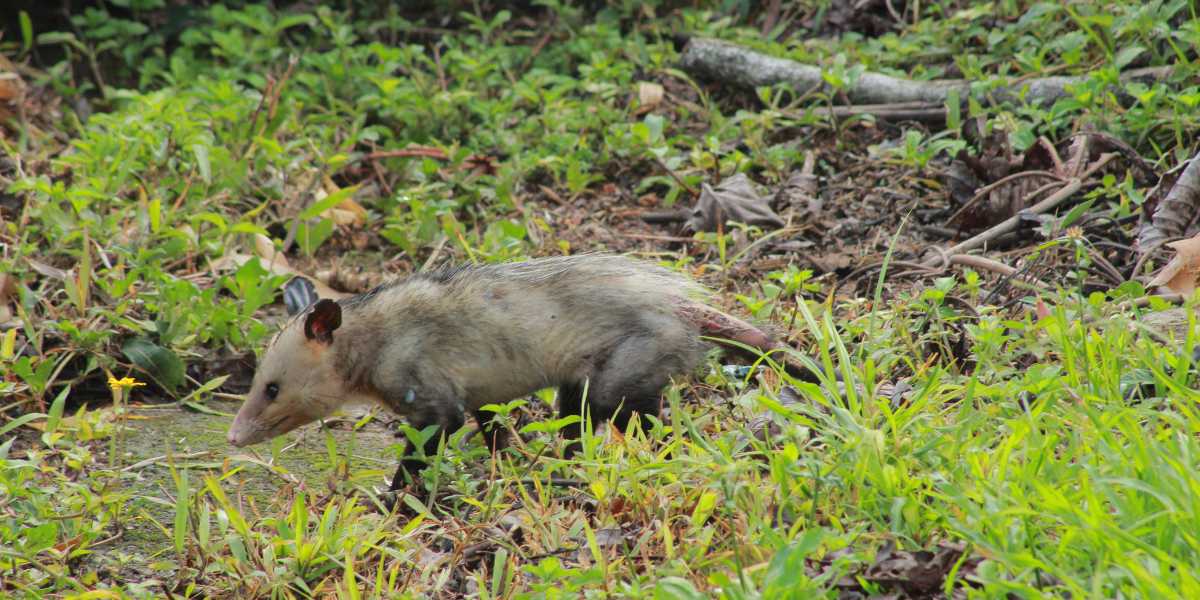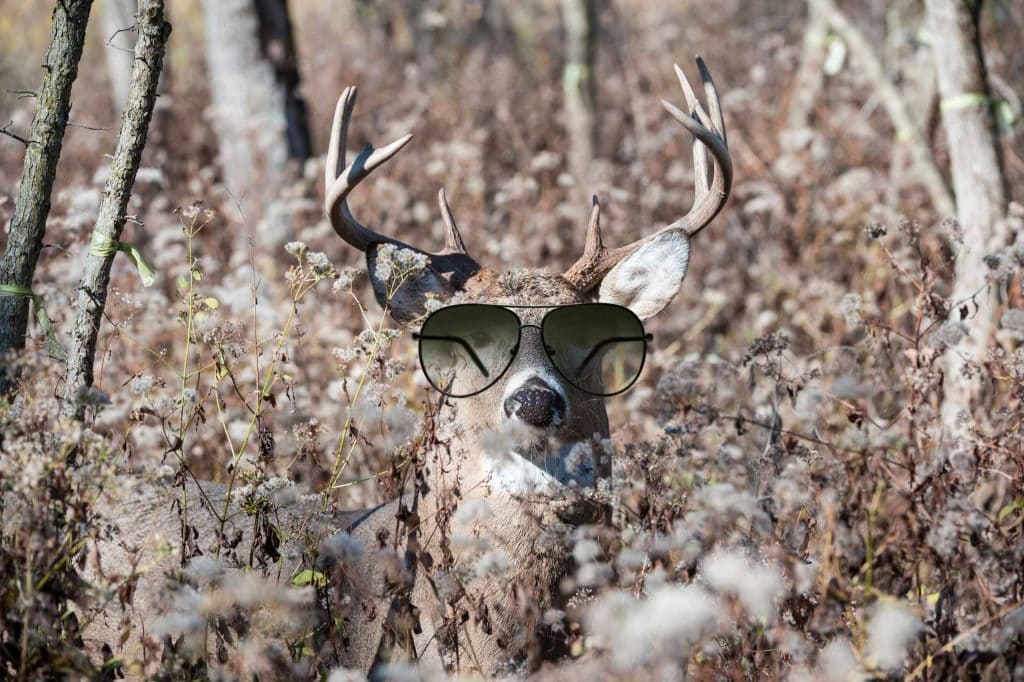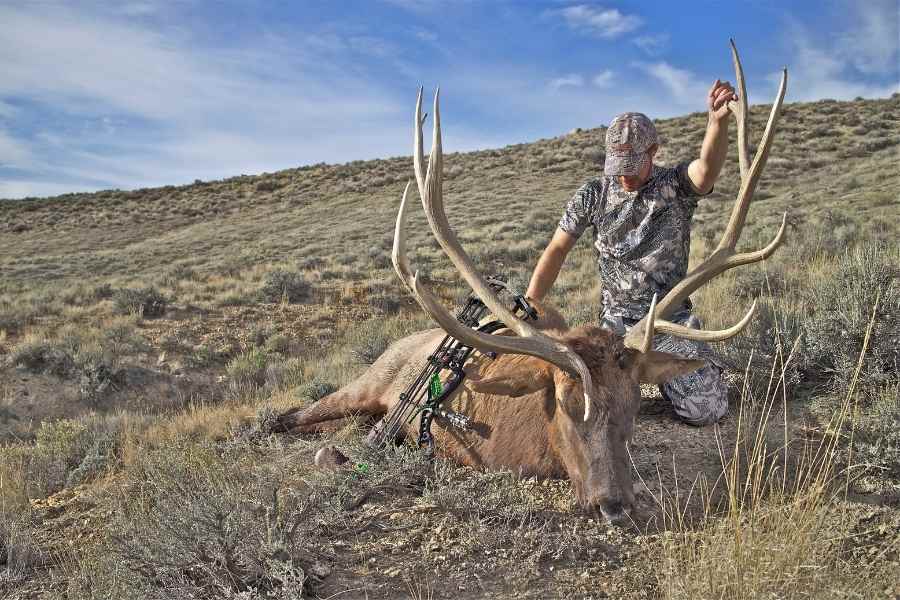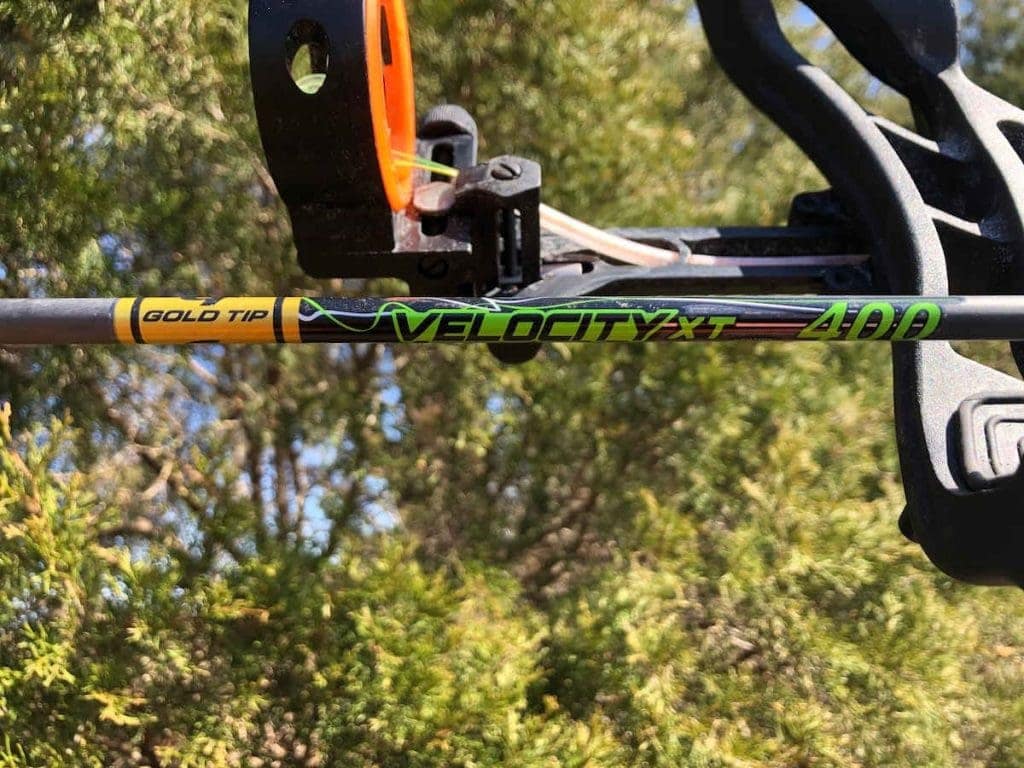Living near wildlife can be a rewarding experience, especially for hunters who value the outdoors. However, it can also present challenges when certain species become nuisance animals.
In this guide, we will explore how to manage nuisance wildlife on your hunting property effectively. By following these steps, you can strike a balance between preserving a thriving ecosystem and protecting your property from unwanted intruders.
1. Identify the Problem Species
The first step in managing nuisance wildlife is identifying the specific species causing issues on your property. Each of these species has unique behaviors and habits that require tailored control methods for you to avoid problems on your property.
Raccoons
Raccoons, often playfully nicknamed as the nocturnal tricksters, exhibit a unique penchant for sifting through garbage. In response, homeowners employ various ingenious tactics to thwart their efforts. One effective strategy involves securing trash cans using bungee cords or strategically placing substantial objects atop the lids to make them less accessible.
Another practical recommendation involves the careful management of pet food. Particularly during nighttime, it’s advisable to avoid leaving pet food outdoors, as these resourceful critters are readily drawn to such convenient sources of sustenance.
For those with fruit-bearing trees on their property, diligently removing fallen fruits and nuts becomes paramount. This meticulous upkeep helps deter raccoons by eliminating tempting food sources.
Squirrels
Squirrels, with their nimble climbing abilities, can also pose challenges. They often target bird feeders, so opting for squirrel-proof feeders or adding baffles can be beneficial.
To prevent these agile creatures from entering homes, it’s essential to ensure that tree branches are trimmed and kept at least 10 feet away from buildings. Homeowners should also regularly inspect their attics and exterior walls, sealing gaps or holes to prevent squirrels from finding their way in.
Opossums
They are generally harmless but can be a concern if they reside under your deck or in your attic. Preventative measures include ensuring that crawl spaces, attics, and under-deck areas are sealed. Moreover, like raccoons, they’re attracted to pet food, so avoid leaving this out overnight.
Snakes
While beneficial in controlling pest populations, snakes are often unwelcome due to the potential danger some species pose. To deter snakes, keep your yard free of clutter, tall grass, and wood piles where they might hide.
If you have water features, consider installing a mesh fence around them, as many snakes are attracted to water. If venomous snakes are a concern, it might be wise to consult with a local wildlife expert for safe removal options.
Armadillos
While unique in appearance, these animals can be a gardener’s nightmare. They dig in search of insects, often upturning flower beds and lawns. A sturdy fence, buried at least a foot deep, can prevent their digging. Moreover, castor oil-based repellents can be used in gardens to deter these creatures.
2. Learn Local Regulations
Before taking any action, it’s crucial to research and understand the local and state regulations governing wildlife management and hunting, especially if you’re dealing with nuisance wildlife issues. Some species may be protected, and others may have specific rules regarding their removal.
Failing to comply with these regulations can lead to legal consequences. If you’re in Florida, for instance, it’s essential to be aware of and adhere to Florida Wildlife Removal Guidelines to avoid any legal issues.
3. Habitat Modification
A highly practical approach to dissuading unwelcome wildlife involves eliminating or safeguarding potential food sources. This comprehensive strategy encompasses securing garbage cans, keeping pet food securely stored indoors, and shielding crops with either fencing or netting.
By erecting protective barriers around susceptible areas, such as gardens or tree nurseries, you can effectively obstruct the access of deer, rabbits, and other wildlife to these enticing sources of nourishment. Furthermore, establishing natural hindrances like ditches or berms can significantly impede the movement of nuisance animals, making it difficult for them to breach your property’s boundaries.
4. Hunting and Trapping
If local regulations permit, hunting, and trapping can be effective methods for controlling nuisance wildlife. However, it’s essential to approach these activities with ethical and legal considerations in mind:
It’s essential to ensure that you possess the requisite permits and licenses for hunting and trapping and to remain well-informed about the hunting seasons and bag limits that apply to your area. In cases where you’re dealing with a persistent wildlife problem, it’s worth considering the option of enlisting the services of a professional trapper.
Often, this approach proves to be not only the most humane but also the most efficient means of addressing the issue.
5. Habitat Improvement
Another key aspect of effective wildlife management on your hunting property is habitat improvement. This approach involves enhancing the natural environment to attract and support desirable wildlife species and make your property less inviting to nuisance animals.
One crucial element of habitat improvement is the strategic planting of native vegetation. Native plants provide food and shelter for local wildlife, creating a balanced and sustainable ecosystem.
By favoring native species, you can help support the presence of game animals that hunters typically seek, such as deer, turkey, and quail. Additionally, native vegetation can deter nuisance wildlife, as it may not offer the same allure as your cultivated crops or gardens.
6. Practice Ethical and Legal Wildlife Management
Always prioritize legal and ethical practices in managing wildlife. Avoid killing and ensure your actions align with local hunting laws and regulations. Responsible stewardship of your property benefits the wildlife population and enhances your hunting experience.
Before You Go …
Striking the balance between preserving a flourishing ecosystem and safeguarding your property from harm is crucial when dealing with wildlife on your hunting grounds. By adhering to the guidelines in this manual and staying updated about regulations, you can effectively tackle wildlife concerns while ensuring a sustainable environment for animals and hunting activities.






